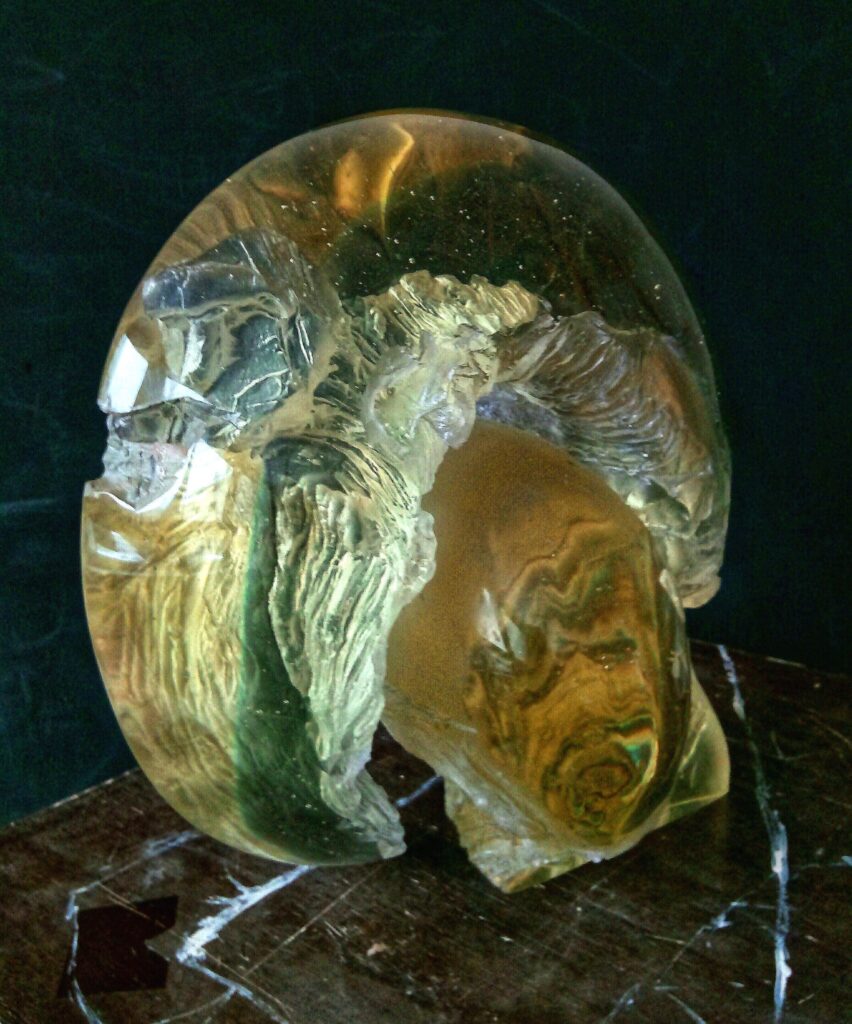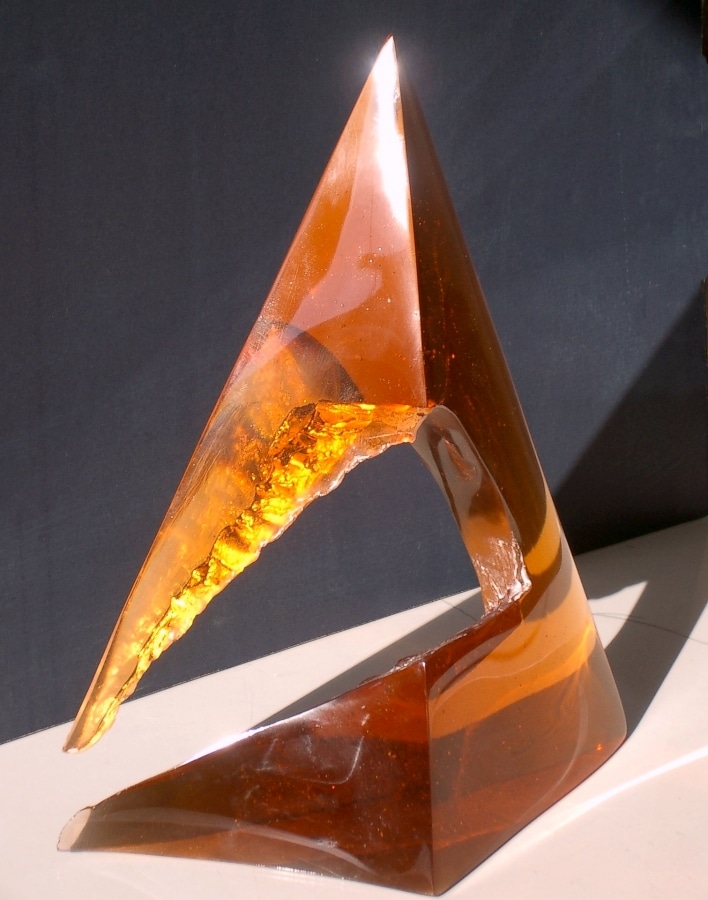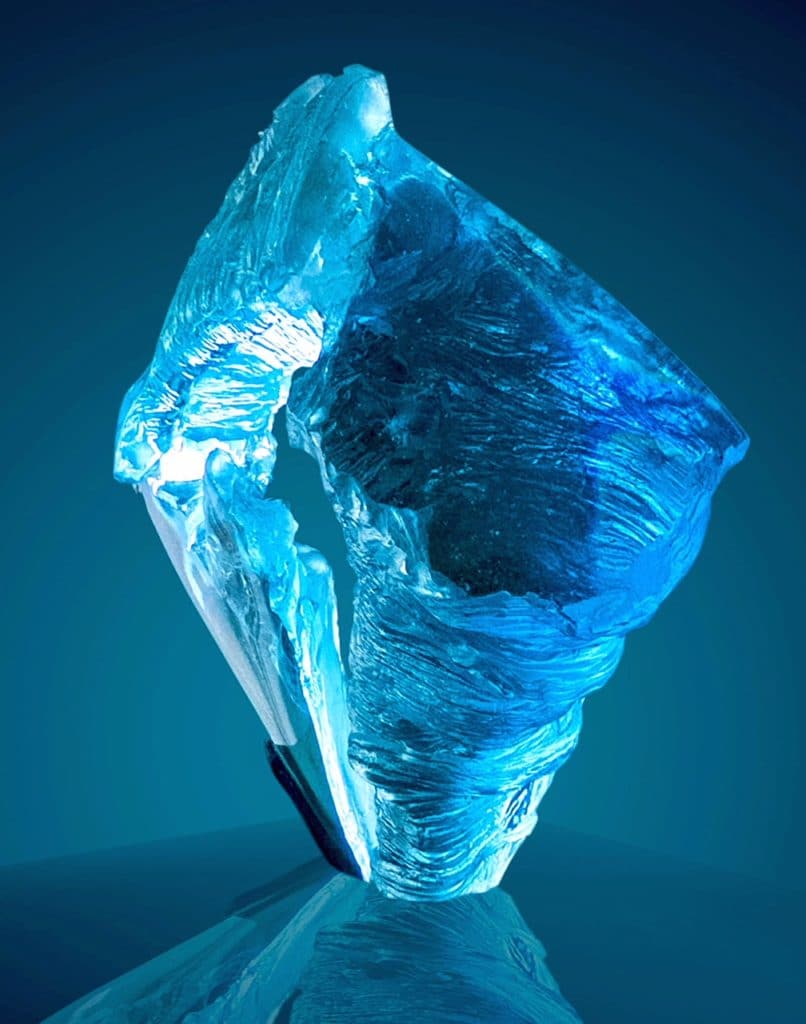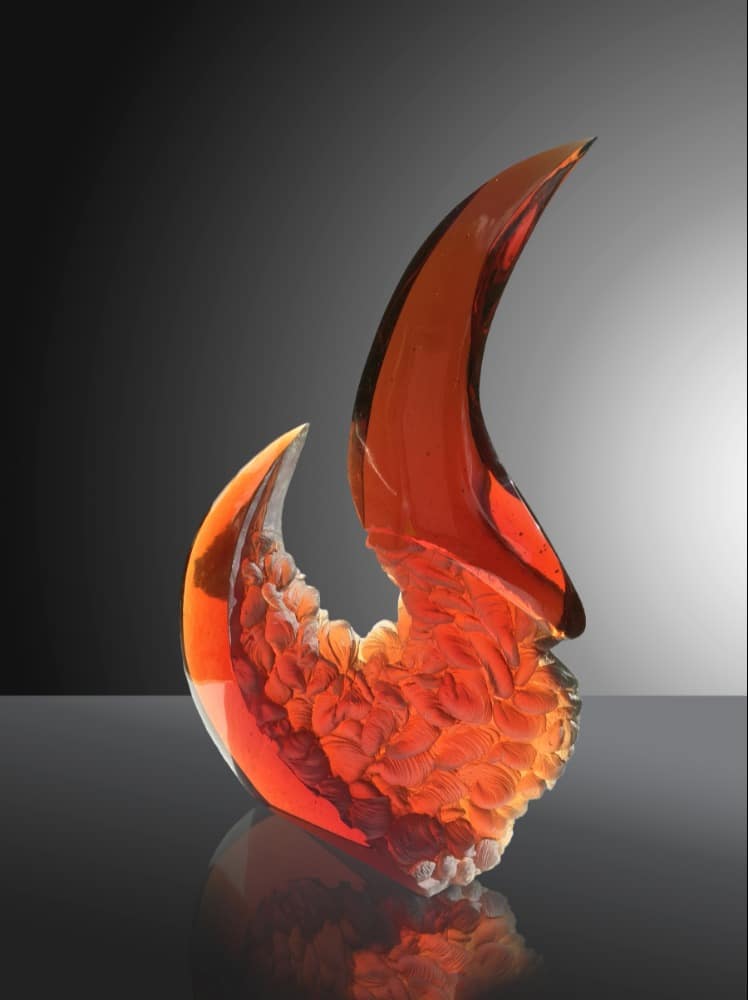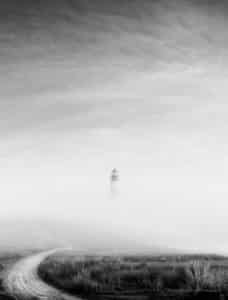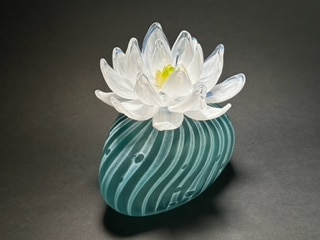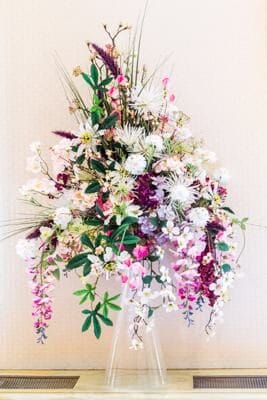Petr Stacho is a glassmaker and painter based in Kamenický Šenov and Ústí nad Labem in the Czech Republic. A graduate of the Prague Academy of Applied Arts, where he studied glassmaking under professors Svoboda and Kopecký, Petr works as a professional artist and teaches glassmaking at the Glassmaking School in Kamenický Šenov – the oldest school of its kind on the World and Petr’s own alma mater. Petr has an international reputation as a glassmaker and his work has been exhibited extensively both at home and abroad.
Stacho is a truly flexible and versatile artist. The exceptional education he received at the secondary school and later at the Academy, combined with relentless, intensive artistic endeavour, enabled him to acquire excellent general skills across the field of fine arts. His paintings, sculptures and especially his drawings have been the subject of collectors’ interest and admiration for years, as have his glass objects. Yet it is his extraordinary devotion to glass that has made him stand out as a glass artist characterised by his stubborn insistence on maintaining the highest standards of glassmaking craftsmanship and purity of expression. His attitude to glass and to art in general might be defined as a refusal of compromise combined with an unflinching emphasis on the quality of each and every work of art without exception.
Hot glass techniques were particularly significant for Stacho’s work in the early 1990s, when his potential as a young artist meshed with the traditional skills of Czech glassmaking and the newly emerging opportunities offered by the transformation of Czech society following the Velvet Revolution, and he was eager to answer the challenge. His daring ideas found their outlet in the astounding possibilities of the hot glass processes that were developed in certain elite glass workshops, thus connecting centuries of European glassmaking experience with the fresh ideas and concepts of the contemporary visual arts.
Stacho carefully chose the best of the many hot-glass techniques in order to create objects of sculptural character decorated in a sophisticated manner resembling painting, while all the lines and shades of surface were the result of thoughtful designs and elaborate work with liquid glass. His objects may at first sight look as though they have been painted on, but they are actually coiled and covered with lines, scraps and sheets of coloured glass treated with heat. The surface of the sculptures meets the body of the sculpture. Both parts incorporate the artist’s message and unite with complex and inseparable results. The series of objects entitled “Triangles”, created between 1993 and 1998, or “Mediums” from 1999 are the best examples of this line of work.
The diversification of glass production and the specialisation of European and Czech glassmakers brought to the fore what was to become a widespread phenomenon: cast glass. Essentially, cast glass became a world phenomenon driven by the need to search for new means of artistic expression and simultaneously to establish a sort of independence of the artist of the traditional methods of glass production. Cast glass extended the possibilities of glassmaking and offered refreshing opportunities for experimenting with technologies and shaping traditional material in novel ways. Ever since the 1950s, Czech glass artists have always been ahead of their time and competition – thanks mainly to the pioneering work of Stanislav Libensky and many of his contemporaries and successors. These artists paved the way for art glass and introduced numerous ground-breaking alternatives to the time-proven methods.
Furthermore, the expansion of cast-glass technology brought about the creation of many small workshops and studios specialising in casting, thus offering artists more freedom and independence from the traditional modes of glass production. On the other hand, this demanded quite a different approach to glass, one that arguably requires more individual creativity and personal involvement. Petr Stacho anticipated these new trends and focused on molten glass with all the responsibility and comprehension of an expert. In realising his cast-glass projects he became even more knowledgeable about the medium of the raw material itself and made the creative leap to using rod glass (i.e. something that was originally a mere prefabricated product intended for further processing) for conceptual purposes.
His major works of the late 1990s and the early years of the new millennium are distinguished by a tendency towards monumental forms and the brightening of the substance of the glass itself. The lucid message of the glass was, however , exhibited to the public in surprising connections, often combined with other materials or set in an unorthodox environment within the specific context of outdoor installations. In his ambitious projects and open-space installations, Stacho succeeded in introducing glass as a sovereign material. His interventions in public spaces such as “Attack” and “Hidden Line”, created out of glass rods, became highly valued as attempts to transcend the borders between glass art and contemporary visual arts. Stacho’s outdoor installations at the Prague exhibition in 1995 were a precursor of many later concepts and inspired a future generation of artists.
During this period, Stacho simultaneously developed diverse lines of work: installations, works combining glass with other materials such as metal and in particular wood, and pure glass sculptures. His series of cast glass sculptures from the 1990s – “Phoenix” (1993) or “Growth” (1999) for instance – may be seen as milestones of the artist’s progression towards geometrical forms. The geometrical form nevertheless seems in Stacho’s work like a fundamental substance which naturally integrates various forms of erosion, disintegration, wear and tear. Sharp lines and contours are interrupted by organic gaps, seemingly accidental cracks and sudden cuts.
Stacho’s enchantment with triangular forms is a distinguishing characteristic. The triangle is the most dynamic and aggressive of geometrical forms. The triangle with its points and sharp edges evokes danger and unease. In Stacho’s own words: “To me, the triangle – as opposed to the circle – represents permanent restlessness and excitement. I will never stop admiring its sharp points. One has to be careful not to get hurt. When leaving the studio I always look back to check that the triangle is not creeping up to attack me.” Poetic license aside, from the point of view of a glass artist so obsessed with the form of the triangle, this playful statement carries much significance.
Glass art combines hard physical work with craftsmanship, manufacturing technology with subtle mental processes. These are the aspects that make glass art so attractive and also so hard to master. Stacho apparently chose the triangle as a symbol of intuitive search for perfection and a balance of all these elements of glass art – the ideal perfection of the artist’s vision which is being constantly disturbed and interfered with by human imperfection and the random interventions resulting from the unpredictable nature of the glass itself. It is well known that glass always follows its unpredictable essence, and only master artists come close to commanding it.
Triangles are of course not the be all and end all of Stacho’s art. His mastery of glass handling can be equally convincingly demonstrated by means of another basic geometric form, one which is a symbol of perfection and infinity – the circle. The circle can be traced back to the 1990s in Stacho’s work as a complementary and logical element of balance. The round contours of the blown-glass object “Mediums” (1999) are a good example. Even the hot glass surface interventions offer a certain calm and pleasure. Sometimes the circle can be observed even inside the triangles as a turbulent gap or hole.
The cast glass sculpture “Growth” from the same year tells a different story, however. With its yellowish colour and compact molten shape, which is simultaneously monumental and restless in nature, the work evokes fragments of fluorescent rotting wood or even burning substances of mysterious origin. It is suggestive of a balance between the somewhat menacing and permanently transforming powers of nature on the one hand, and the solid forms of perfectly defined sculpture on the other.
Thus are the powers of nature brought to crystallisation in ultimate harmony under the master’s supervision. Basic geometrical forms are invaded by the artist’s intent while retaining a striking resemblance to patterns defined originally by Mother Nature – melting ice or freezing liquid, meteorite minerals or transparent substances, all colliding in a dynamic environment of physical natural relations and human imagination. The imposing forms of the sculptures “Crash” (2008), “THC” (2010), and “Frozen” (2011) may serve as defining examples of Stacho’s supremacy over the almost colourless and primarily amorphous substance which is shaped under his informed and competent supervision into brilliant masterpieces of glass art. His latest sculpture “Fracture of Fragment” is the best proof of the artist’s direction and the maturity of his work: capturing the essence of the idea while respecting the material and its intellectual and spiritual values.
Dr. Jaroslav Polanecký Ph.D.
October 2012

